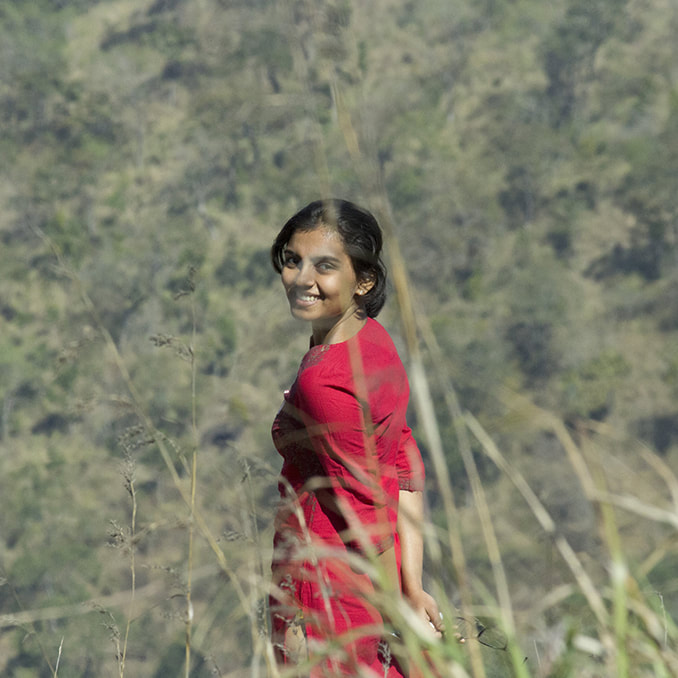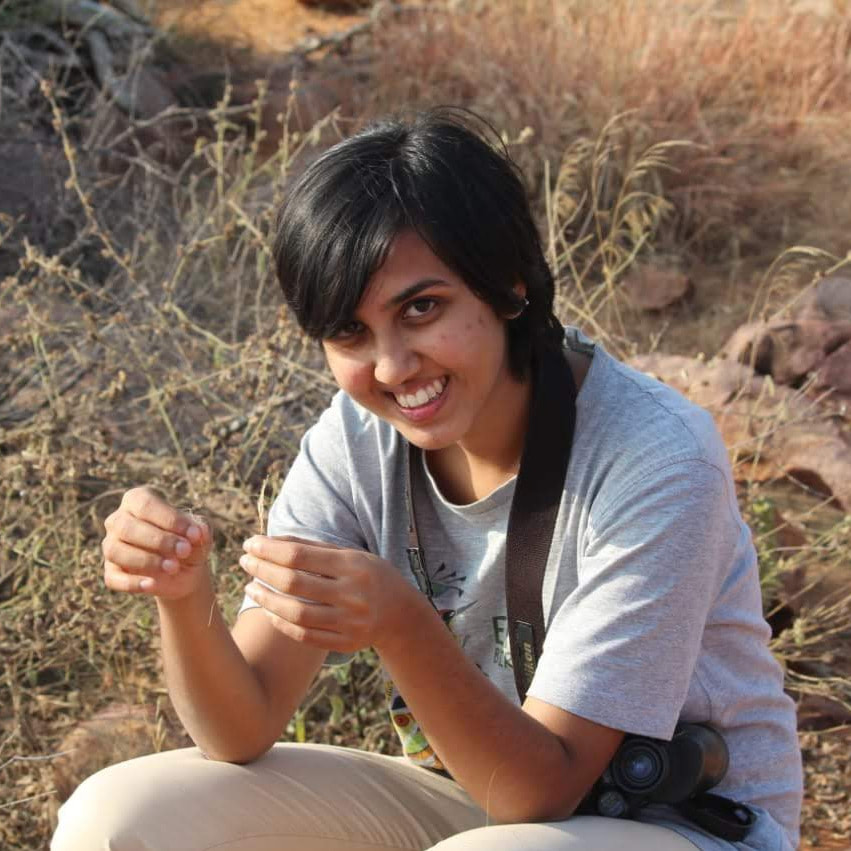Project: Understanding connectivity of range-restricted birds in Shola Sky islands.
|
Description: The highest reaches of Western Ghats (>1400m) comprises a biphasic landscape of montane grasslands and forests. The cloud forests are stunted and often remain wet and cold throughout the year. These habitats are home to several endemic and sedentary birds. These habitats play an important role in the carbon cycle and are threatened today by several factors such as climate change, fragmentation and agriculture.
A large part of the grasslands were converted to plantations of Acacia, Eucalyptus and Pine at the turn of the last century. By the end of this century, almost 60% of the grassland had been taken over by these plantations, and invasive Acacia. The loss of grassland and shola forests and the spread of exotic plantations have given rise to large tracts of woodlands today - novel habitats for these ancient endemic birds in these landscapes. The result is discontinuous patches of forests gradually getting connected as the understory develops as these plantations mature. Forest birds like the White-bellied Sholakili, Nilgiri Sholakili, Nilgiri Laughingthrush (Chilappan), Palani Laughingthrush (Chilappan), Black-and-Orange Flycatcher, Nilgiri Flycatcher, Indian Scimitar Babbler and Grey-headed Canary Flycatcher are often seen in these new habitats. Several generalist species like Indian White-eye and Red-whiskered Bulbul can also be detected in the forest patches and it is unclear as to what are the factors affecting the distribution and demography of these birds. Our project is examining the occupancy and abundance of understory birds in the montane landscapes of southern Western Ghats. We are also looking at several vegetational and landscape variables that might affect the current distribution of these birds. |
Study site: Nilgiri Hills, Palani hills and Anamalai hills.
Funding: IISER Tirupati.
Team:
Collaborators:
Devcharan Jathanna WCS-India Programme. |






